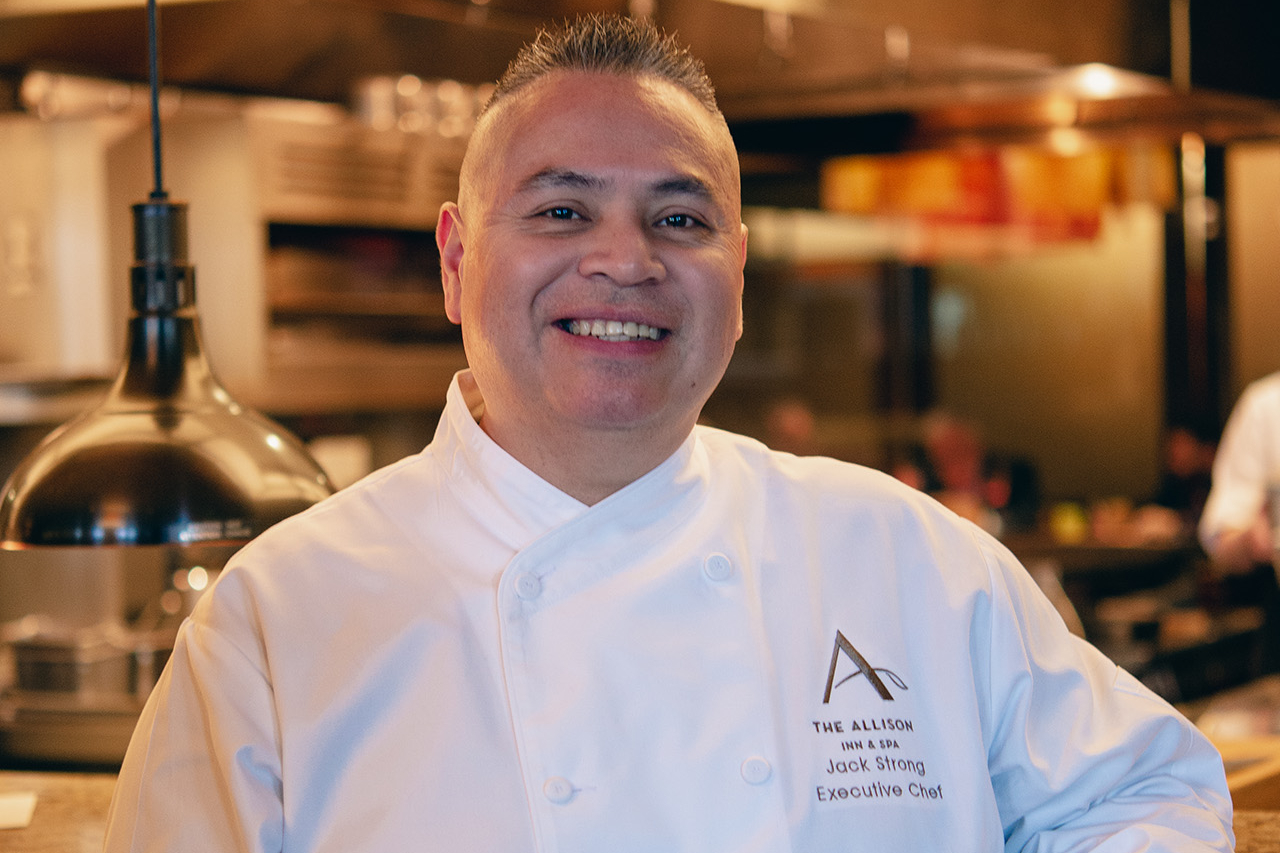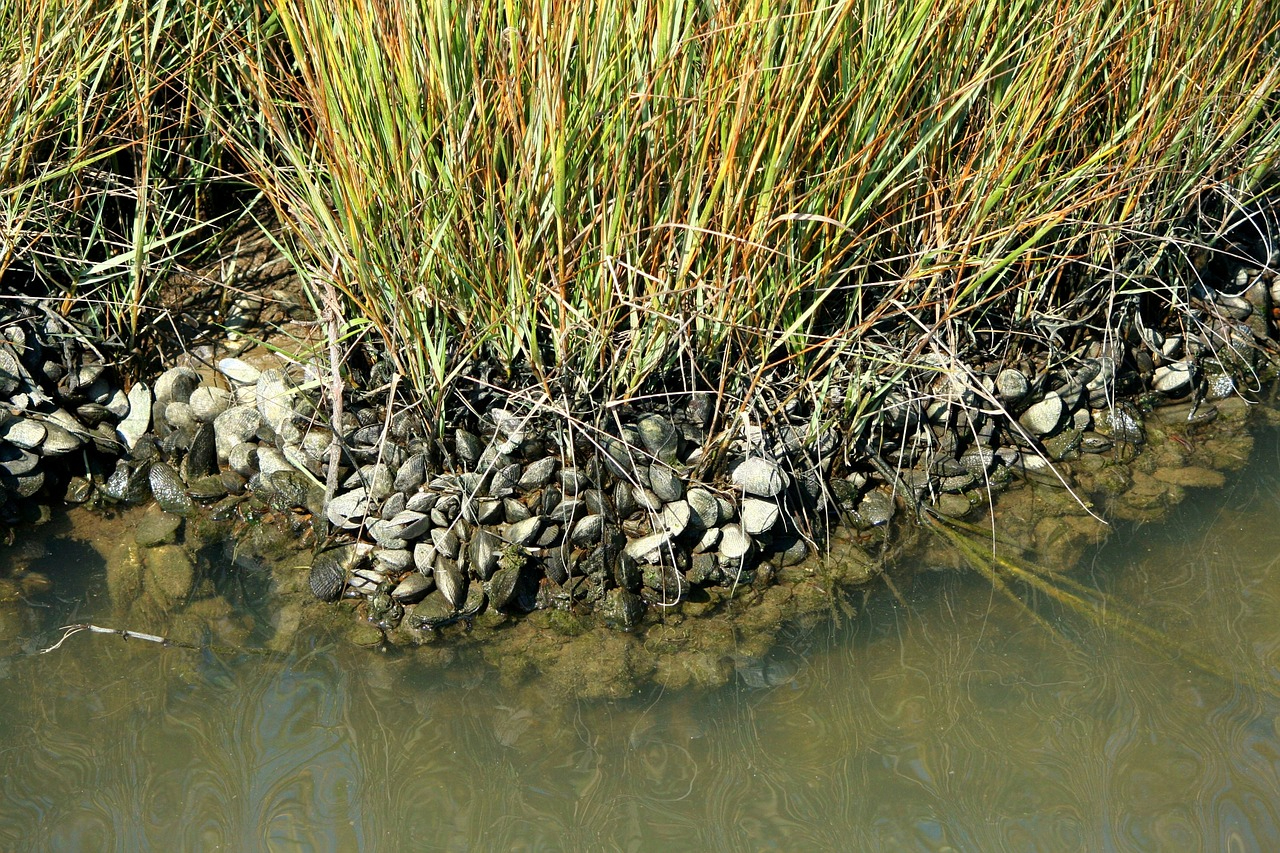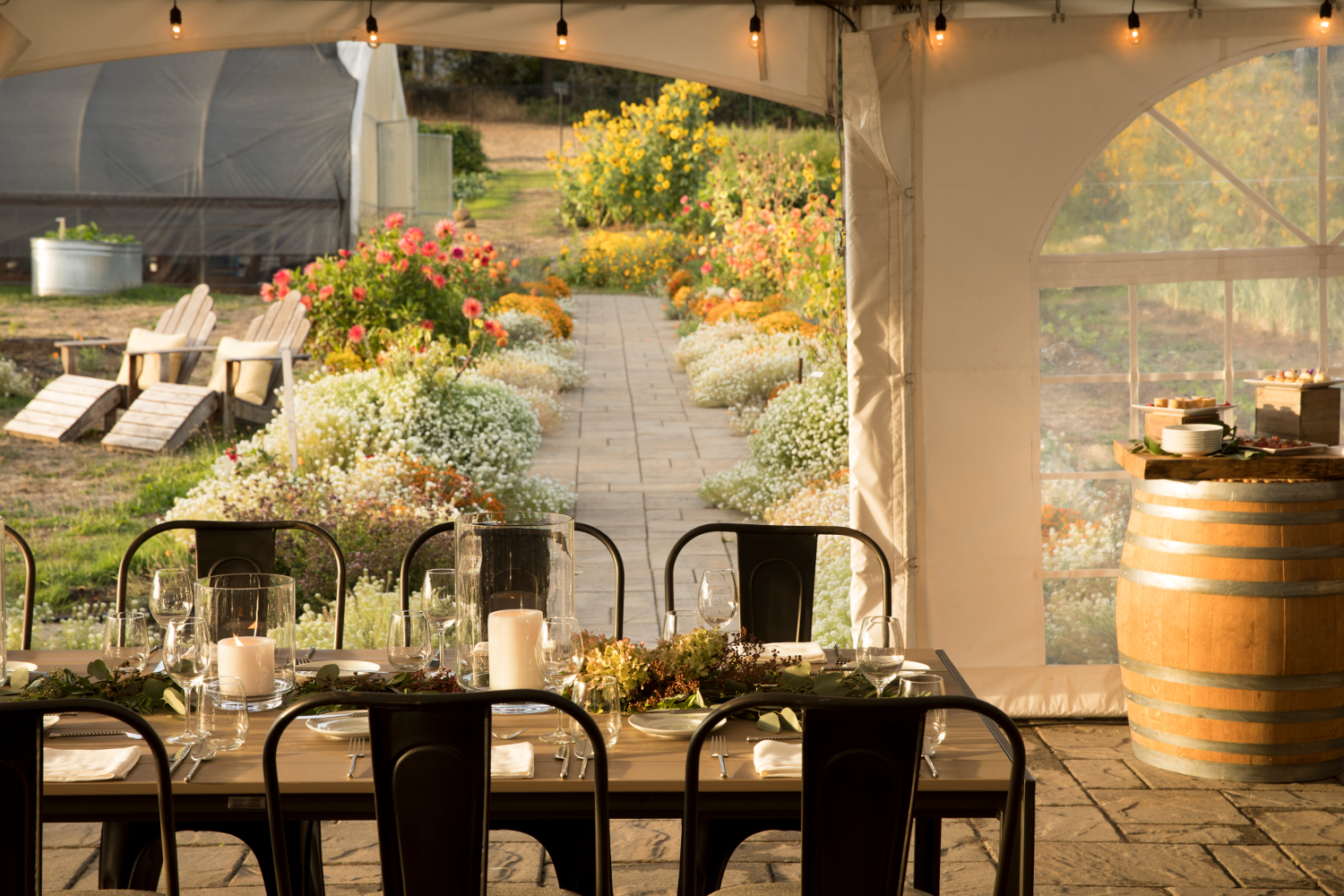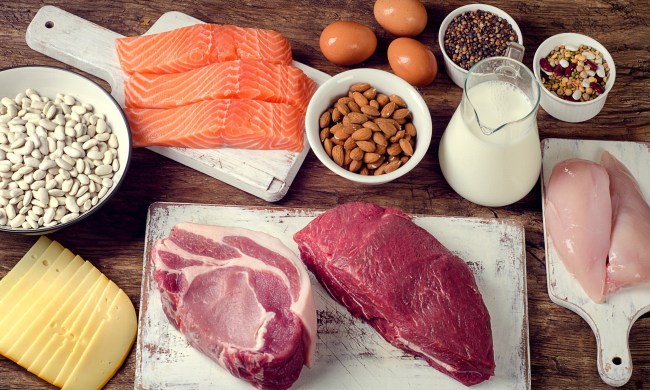
Native American cuisine and indigenous food predate any food trend we know by a long shot. Tribes from coast to coast have created culinary styles over thousands of years, utilizing the ingredients that surround them and tried and true cooking techniques. Today, as indigenous peoples rightfully look to reclaim their seat at the table, we’re seeing a rise in Native American cuisine and an entire movement around first foods.
Jack Strong is the executive chef at The Allison Inn & Spa, a luxury resort in the heart of Willamette Valley wine country. The restaurant is known for taking advantage of the many incredible ingredients that thrive in the region. He grew up in Oregon and is a member of the Siletz tribe, touting more than three decades of professional cooking experience to his name. He’s one of relatively few native chefs, but the indigenous food movement is working to change that. After all, a culinary landscape that does not accurately reflect its community or historical context is a faulty one at best.
The author and laser-bright culinary mind always knew he would return to Oregon. “I love working with the bounty within the seasons,” the chef says. “As a Pacific Northwest chef, I think Oregon grows everything better! I’m excited to work with even more small-producing local vendors who are making, growing, and creating great local products that rival any part of the country.”
Presently, the chef is thriving in his current role, turning out dishes that strike a tasty balance between ancestral cuisine from the region and new adaptations and techniques.
The beginning

“I was raised by my grandmother and grandfather in our little town of Siletz, Oregon,” Strong says. “My grandmother worked for our tribe, and when I was young, I would cook lunch for my grandfather. Over time, I would help my grandmother cook, and I learned about the importance of taking care of others.”
A classic comfort dish sticks with the chef still. “One of my favorite meals was her chicken noodle soup,” he says. “She would make fresh pasta noodles, and after she cut them, I would carry a handful over to the soup pot and drop them in the stock. I’ve always been a cook and feel that being a chef has always been my calling.”
Soon, Strong was off to culinary school at Lane Community College before taking significant roles at restaurants all over the west. He’s commanded kitchens at places like the Sheraton Wild Horse Pass Resort and Spa in Phoenix–where he received a James Beard Award nomination–and the JW Marriott Camelback Inn Resort and Spa in Scottsdale. And now he’s back home, fittingly cooking up dishes inspired by his roots.
An ancestral cuisine

“First foods have always been here in the Americas,” Strong says. “As tribal communities establish their food sovereignty, gain access to ancestral lands, tribal entrepreneurship has grown, there has been more opportunity to highlight and showcase the first cuisine of the Americas. There are more native chefs in the industry these days which is a great thing to grow awareness around native cooking and stories.”
The movement continues to march, thanks to standup organizations such as NATIFS, a more adventurous American palate, and a bigger interest than ever in where our food is coming from and how it is sourced. And this is to say nothing of the dark history surrounding indigenous communities in America, long subjected to the horrors of displacement and marginalization.
But there’s hope and the news of late is promising. While native people remain mostly overshadowed in the American culinary realm, they’re making inroads. Acclaimed chefs like Sean Sherman, Inez Cook and more are helping to carry the torch and shed some light on native cuisine and its many facets. The style incorporates so many important aspects, from American history and genuine sustainability to seasonality and culinary innovation.
One of the dilemmas the chef faces is juggling indigenous foods with a contemporary approach. “Depending on the foods, highlighting first foods with modern technique can be more fun than challenging,” he says. “For example, I created an amuse for a recent dinner that showcased Olympia oysters that have been in the Northwest for thousands of years. The dish was made with shucked raw oyster, heirloom tomato gelee (made from tomato water from our Chef’s Garden tomatoes), and pickled chilis (also from our Chef’s Garden). This dish highlighted three first foods, presented well and in an approachable style.”
Strong coauthored a cookbook on the topic called The New Native American Cuisine in 2009. “We had just built the first ever Native American-owned AAA 5 Diamond and Forbes Five-Star restaurant, Kai, at the Sheraton Wildhorse Pass Resort and Spa on the Gila River Indian Reservation in Arizona,” Strong recalls. “We met the author at an event while in New York, and the partnership was born. It was a great project to co-author, and I learned how to write recipes for the home cook, recipe testing, book layout design, food styling, and food photo shoots. The amount of work and passion that goes into a book takes a team, and I was fortunate to be a part of that experience.”
A more reflective culinary landscape

There’s much to do to support the movement and awareness is a great way to get the ball rolling. “We can start by supporting expanded access to ancestral lands, and treaty rights recognition for tribal foods for tribal communities to have access to, representation of and entrepreneurship support for tribal vendors and businesses,” he says. “The more we talk about native cooking and foods, the more voices we can bring to the table.”
Strong is optimistic about the future and it’s fair to say his cookbook and resume have already inspired a number of fellow Native Americans. “There are far more native chefs these days compared to when I was an up-and-coming young cook,” he says. “I have had the honor of collaborating with several chefs, and one of my favorite collaborations was with Nephi Craig (Apache).”
Read more about the vast culinary galaxy. Check out our feature on Italian food and UNESCO recognition and Our Legacy Harvested, a group looking to diversify the Pacific Northwest wine landscape.


